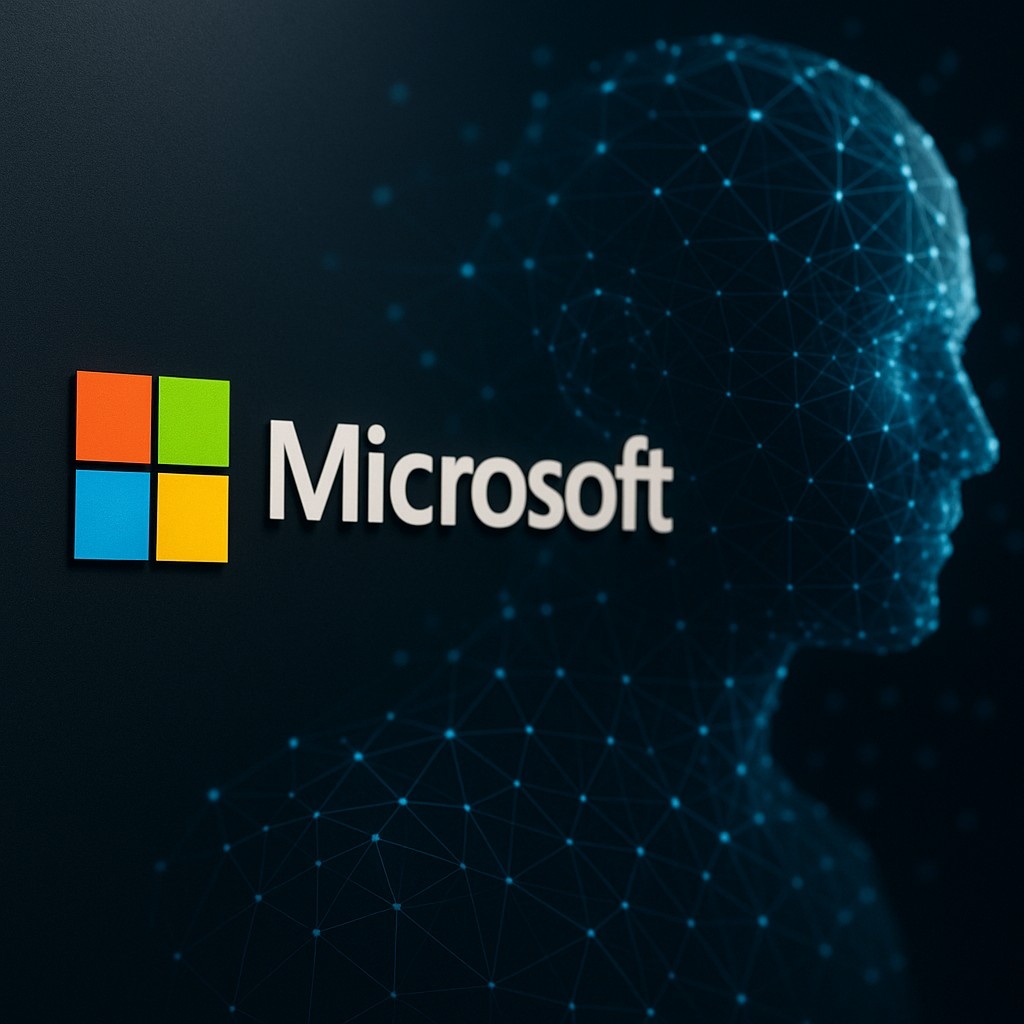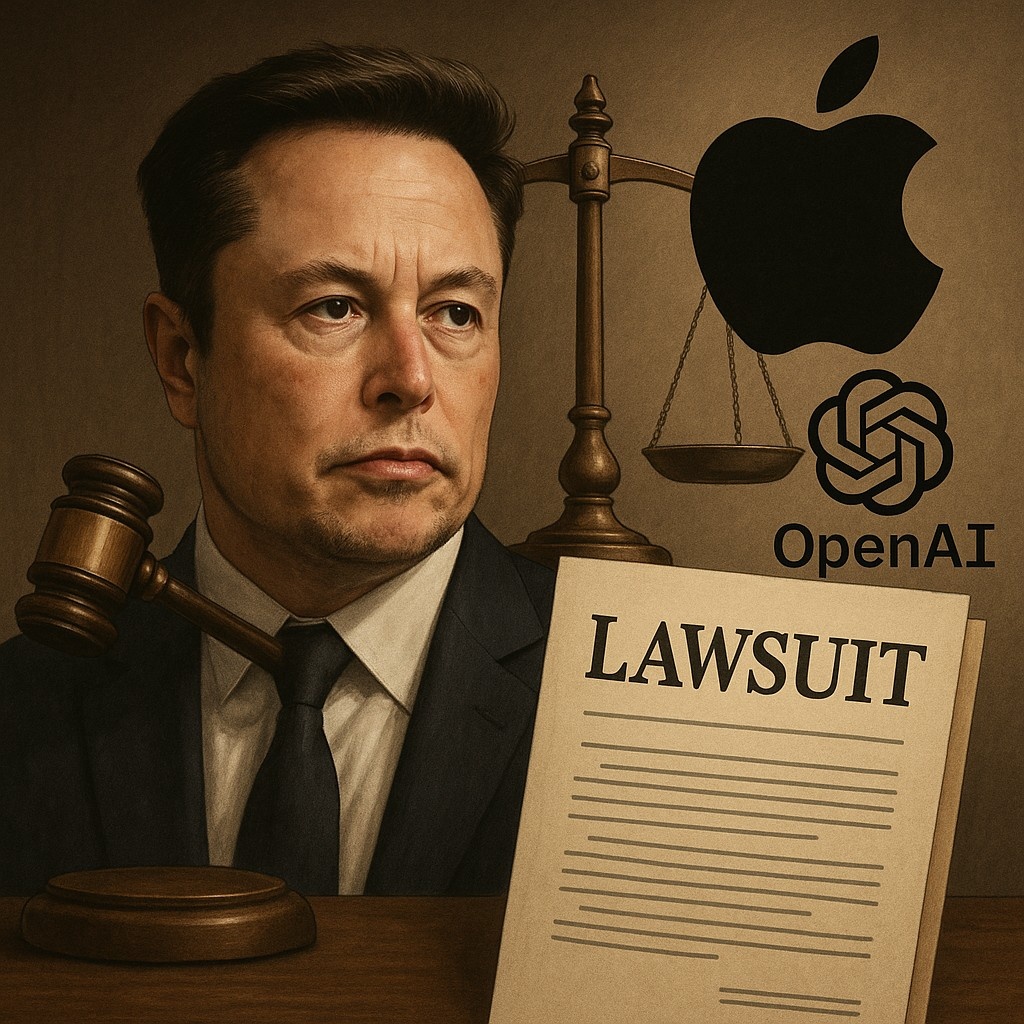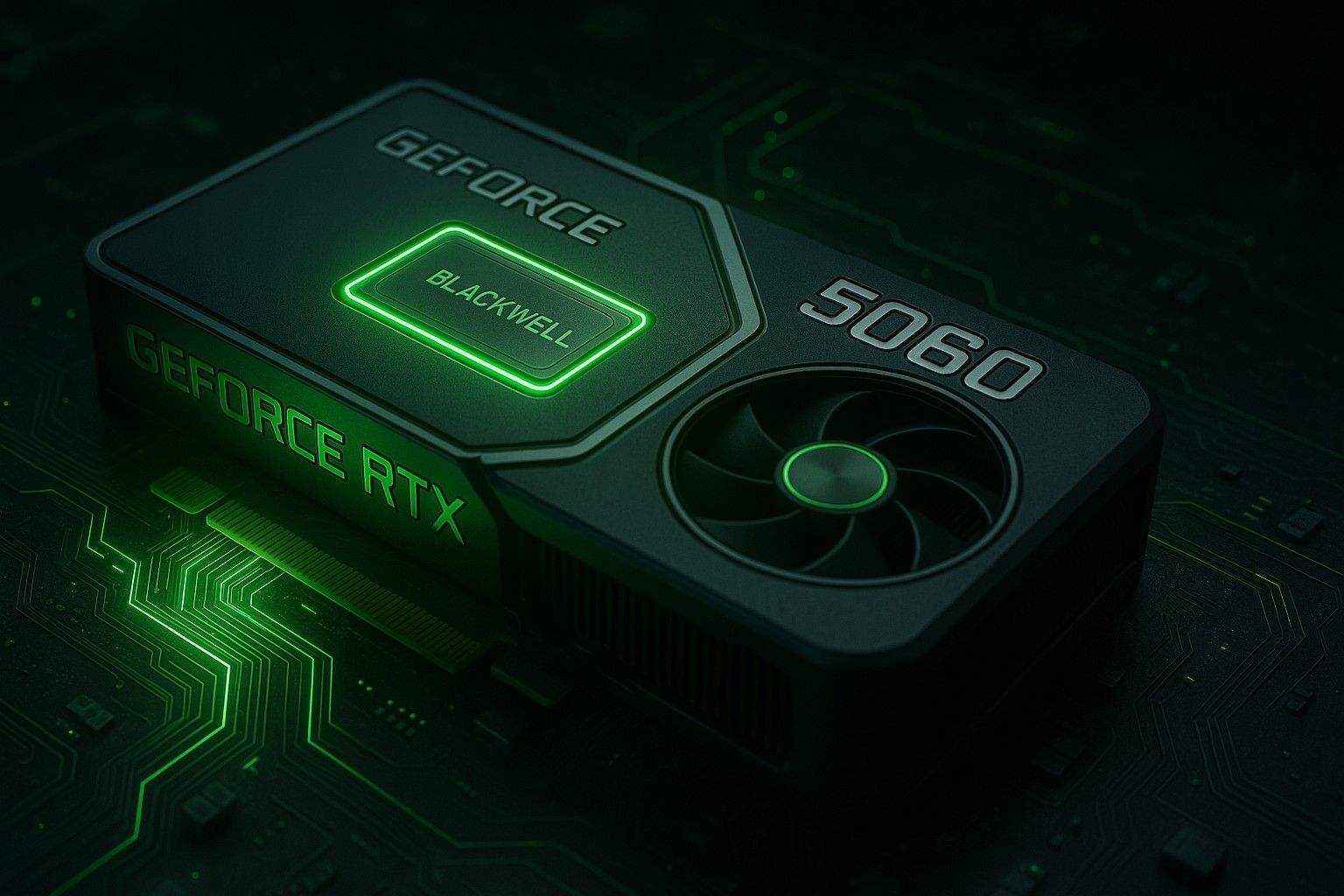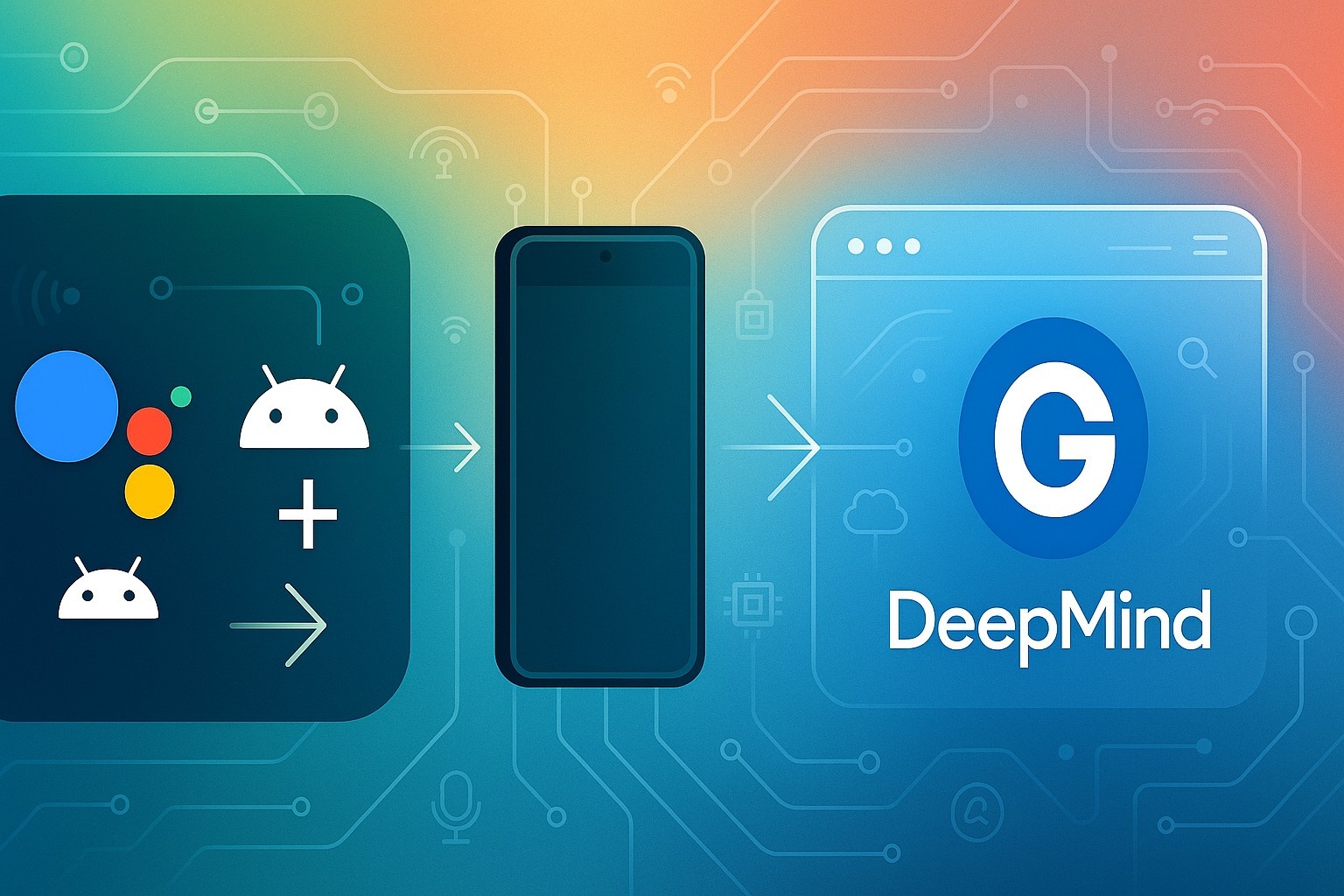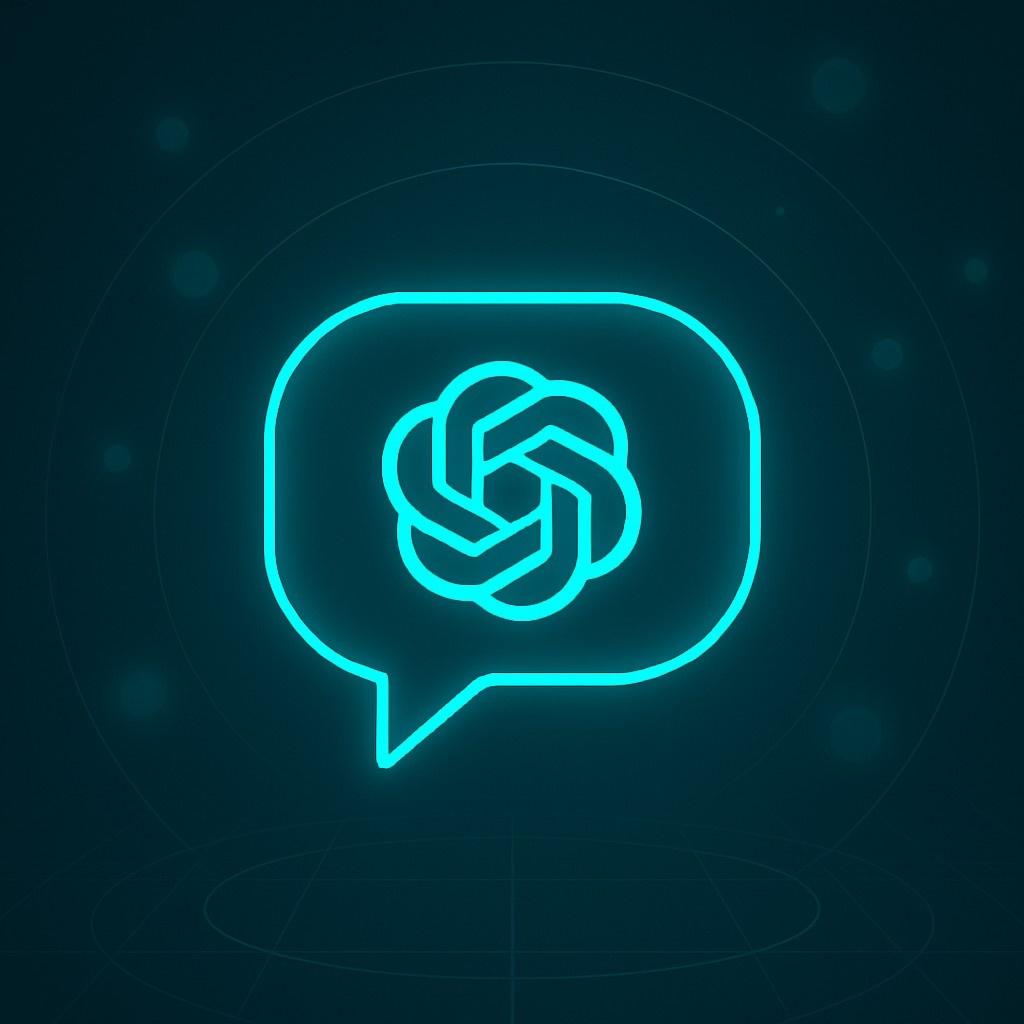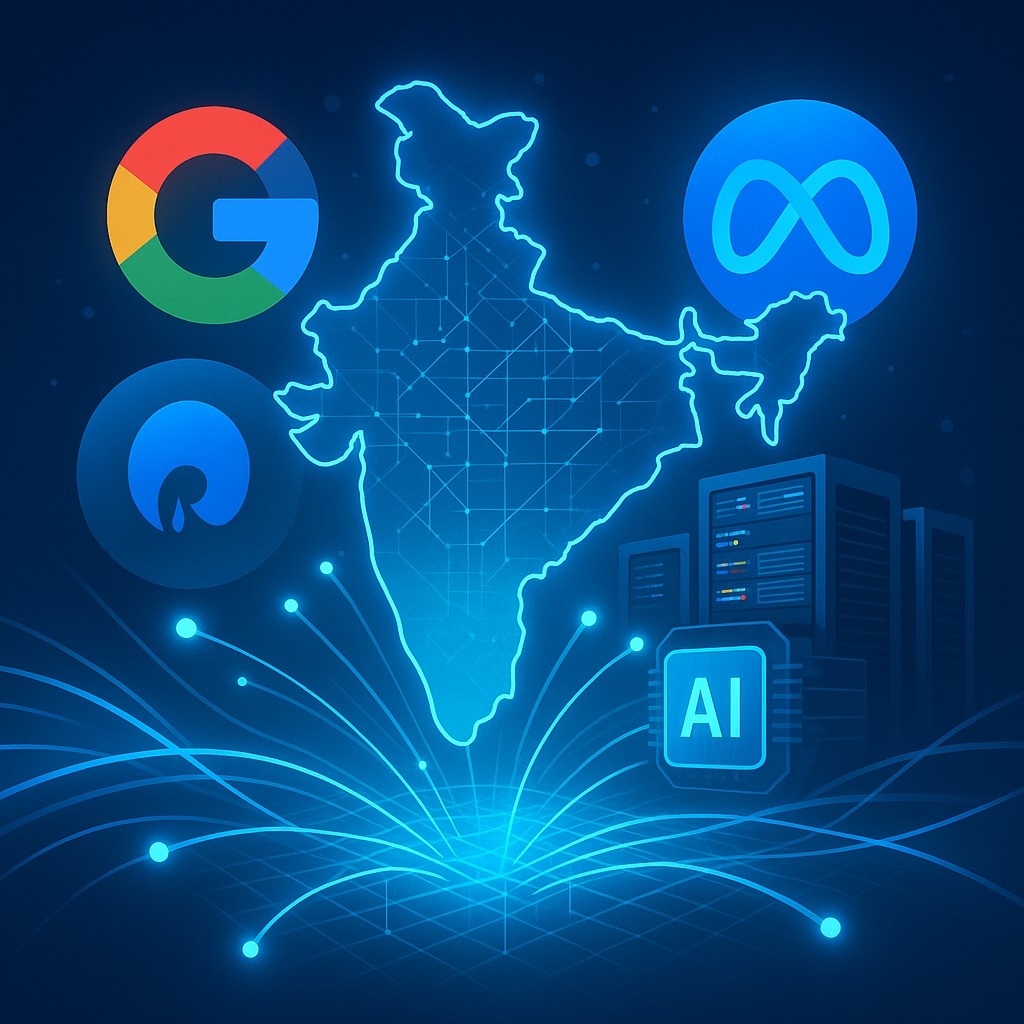Microsoft Builds Its Own AI Models, Breaking from OpenAI Partnership
The tech giant unveils MAI-Voice-1 and MAI-1-preview, signaling a strategic shift towards in-house AI development and greater independence.
Microsoft has taken a decisive step in the global AI race by announcing two brand-new artificial intelligence models built entirely in-house. The models, called MAI-Voice-1 and MAI-1-preview, represent a clear shift in Microsoft’s strategy. For years, the company relied heavily on OpenAI’s technology to power products like Copilot and to boost its cloud platform Azure. But now, under the leadership of Mustafa Suleyman—the former DeepMind co-founder and new head of Microsoft AI—the company is signaling a future where it no longer depends on outside partners for the most important breakthroughs.
Why Microsoft Is Building Its Own Models
The announcement shows Microsoft’s growing need to control its own AI destiny. Relying only on OpenAI left Microsoft exposed in several ways:
- Licensing costs: Using GPT-based systems comes with expensive fees. Running those models at global scale costs billions each year.
- Limited control: Microsoft had to follow OpenAI’s roadmap, waiting for new releases instead of shaping them itself.
- Legal uncertainty: A partner’s mistakes could expose Microsoft to lawsuits or regulatory challenges.
By developing its own foundation models, Microsoft gains independence, flexibility, and the ability to integrate AI innovations into its products at its own pace. As Suleyman put it: “We have to be able to have the in-house expertise to create the strongest models in the world.” That statement alone makes it clear—Microsoft doesn’t want to be seen only as OpenAI’s biggest investor. It wants to be a leader in its own right.
The Two New Models
1. MAI-Voice-1
This is Microsoft’s speech generation model, designed to be fast, efficient, and expressive. According to the company, MAI-Voice-1 can generate a full minute of audio in less than one second—and it does this on just a single GPU. That level of efficiency is a breakthrough, especially at a time when most AI labs are struggling with the massive cost of running large models. MAI-Voice-1 is already being tested in Copilot Daily (news recaps) and Copilot Podcasts, and users can experiment with it through Copilot Labs. Microsoft envisions a future where AI voices are not only natural but also responsive enough to become the main interface for digital assistants.
2. MAI-1-preview
This is Microsoft’s first text-generating foundation model built completely in-house. It was trained on about 15,000 Nvidia H100 GPUs, which is far fewer than the largest AI models today. But Microsoft says it used clever optimization techniques—some inspired by open-source projects—to make MAI-1-preview “punch above its weight.” The model is currently available for testing on LMArena, and Microsoft plans to roll it out into specific Copilot tasks in the coming weeks. While it may not yet match the raw scale of OpenAI’s GPT-4, it demonstrates Microsoft’s ability to build capable and efficient text models on its own.
Why Efficiency Matters
One of the biggest trends in AI right now is the push for smaller, smarter, and cheaper models. Running extremely large models like GPT-4 costs enormous amounts of energy and money. By focusing on efficiency, Microsoft is tackling two major problems at once:
- Lower costs – This means AI features can be scaled to millions (or billions) of users without becoming prohibitively expensive.
- Wider reach – Efficient models can run on less powerful hardware, which makes AI tools more accessible worldwide.
With MAI-Voice-1 and MAI-1-preview, Microsoft is betting that the future belongs not just to the biggest models, but to those that balance quality and efficiency.
Breaking Away From OpenAI
It’s impossible to ignore the significance of this moment. Microsoft has invested more than $13 billion in OpenAI, integrated its models deeply into its products, and publicly tied its brand to GPT technology. But this launch signals a new era. Microsoft is not walking away from OpenAI entirely—it still plans to use the “very best models” from partners and the open-source community. But the company no longer wants to be tied exclusively to another company’s innovations. This is both a business move (reducing dependence and cost) and a strategic one (establishing Microsoft as a true AI innovator rather than just a distributor of OpenAI tech).
Industry Context: The AI Arms Race
The timing of Microsoft’s move is crucial. The AI industry is more competitive than ever:
- Google is pushing forward with its Gemini family of models.
- Meta continues to invest heavily in open-source AI with Llama.
- Anthropic recently raised billions to expand its Claude AI.
- Elon Musk’s xAI is positioning Grok as an alternative.
By unveiling its own foundation models, Microsoft is telling the world: it won’t be left behind. It wants a seat at the top table of AI creators, not just as a partner, but as a direct competitor.
What Analysts Are Saying
Industry experts say the move makes sense. Microsoft now:
- Gains full control over how AI is integrated into products like Windows, Office, and Azure.
- Protects itself from legal and financial risks tied to outside partners.
- Builds credibility as an AI powerhouse in its own right.
One analyst even noted that this shift “removes a significant legal overhang” for Microsoft, reducing the chance of being caught in disputes involving OpenAI.
The Risks
Of course, there are risks. Building foundation models is extremely expensive and requires constant innovation. OpenAI, Google, and others won’t stand still. Microsoft will need to prove that its models are not only cheaper but also competitive in quality, safety, and reliability. There’s also the challenge of managing public trust. AI safety is a growing concern, and Suleyman has said Microsoft is focused on reducing unnecessary anthropomorphic traits and making AI safer during post-training. Whether Microsoft can balance speed with responsibility will be closely watched.
Final Thoughts
Microsoft’s launch of MAI-Voice-1 and MAI-1-preview is more than a product update—it’s a turning point. For the first time in years, Microsoft is showing it doesn’t want to be dependent on OpenAI’s roadmap. Instead, it wants to build, own, and control the future of AI. If Microsoft succeeds, it could reshape the AI landscape. Copilot may soon run on Microsoft’s own models. Windows and Office could get deeply optimized AI that doesn’t rely on external licensing. And the broader AI race could become even more heated, as Microsoft transforms from a partner to a direct rival of OpenAI. In the end, one message is clear: Microsoft isn’t just an investor in AI anymore. It’s an AI builder, and it’s here to compete at the very top.
